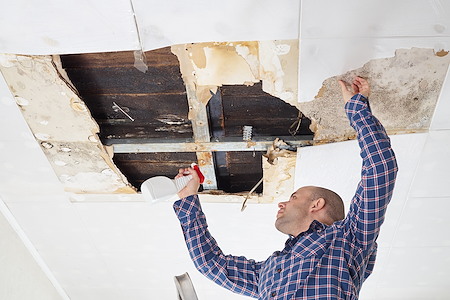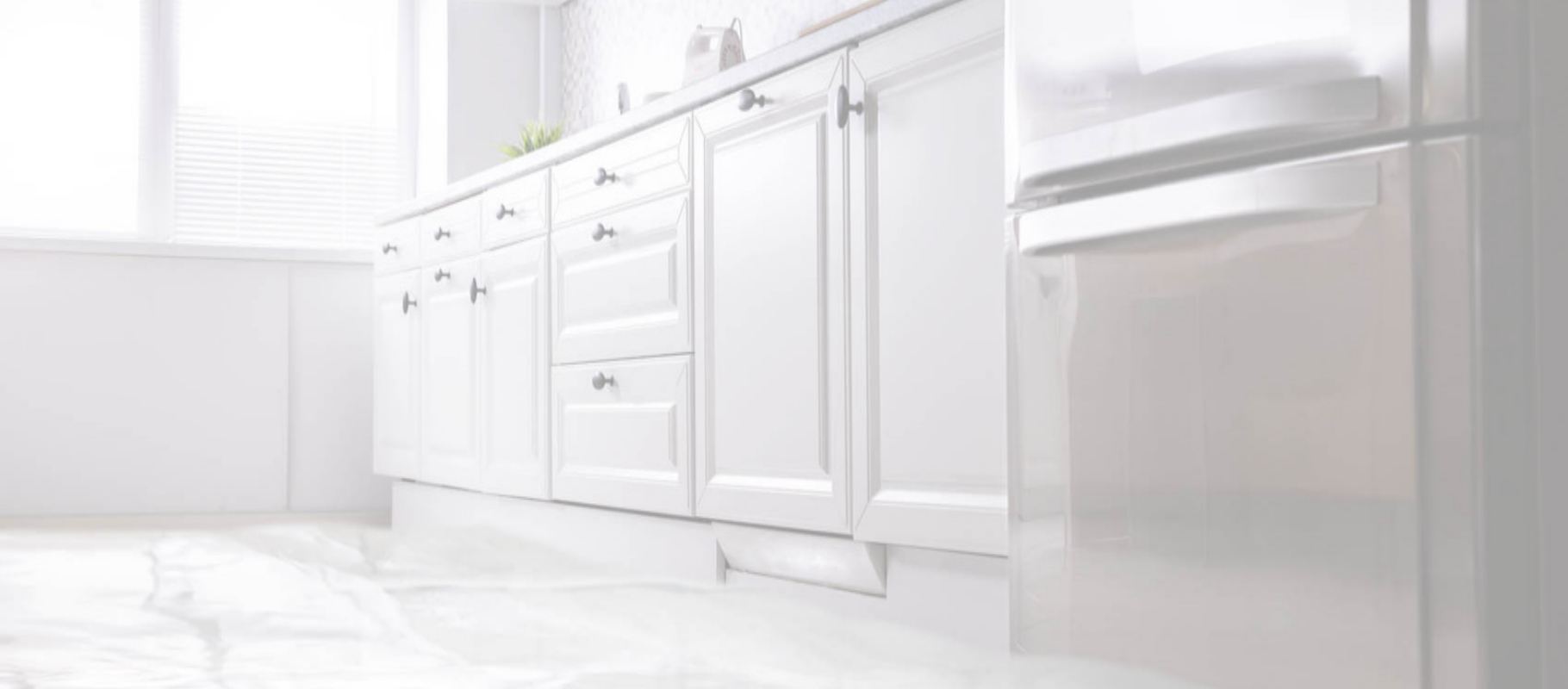24/7
Emergency Services
We Work Directly
With Your Insurance Company
We Help
Save You Money
What To Do After Water Damage: A Homeowner’s Step-By-Step Guide To Water Damage Restoration

When a leak, burst pipe, or coastal storm soaks your home in Greenwich, CT, fast action protects your property and your peace of mind. If you need water damage restoration in Greenwich, CT, here’s a clear plan that puts safety first and helps you move quickly with your insurance and a qualified flood damage repair team. For expert help, learn how our team handles water damage restoration from the first assessment to final rebuild.
Why Fast Water Damage Restoration Matters
Greenwich homes face a unique mix of risks: winter freezes that burst pipes, spring rains that swell the Mianus River, summer humidity that taxes AC systems, and fall nor’easters that push tidewater toward Old Greenwich, Riverside, and Byram. The longer water sits, the more it can wick into drywall, flooring, and framing, raising the chance of mold and structural issues.
Don’t step into standing water if power might be on or if you see downed wires. Keep people and pets away from affected areas until a professional confirms it’s safe.
Your Safe, Step-By-Step Plan After Water Damage
Step 1: Make People And Property Safe
Confirm everyone is safe and out of harm’s way. Avoid switching on lights or appliances in wet areas. If you suspect contaminated water, close off the space and wait for licensed professionals to evaluate conditions.
Step 2: Document The Damage For Your Insurer
Take clear photos and short videos of each room from multiple angles. Capture close-ups of damaged materials and personal items. This early documentation helps your adjuster understand the scope even if conditions change during mitigation.
- Room-wide shots that show water lines or staining
- Close-ups of flooring, walls, cabinetry, and contents
- Images of the suspected source area, if visible and safe to approach
Step 3: Contact Your Insurance Agent
Reach out to your agent and start a claim right away. Ask about next steps for an inspection, how to share your photos, and what items to set aside for evaluation. Keep a simple log of dates, times, and names for every call.
Step 4: Call A Licensed Flood Damage Repair Team
Water removal, structural drying, and sanitizing require specialized equipment and training. Contact a certified team that can respond quickly, use moisture detection tools, and coordinate with your insurance. If you’d like an overview of the professional process, this article explains the stages from start to finish: dry, clean, restore.
Step 5: Protect What You Can Safely
If a pro says it’s safe to enter, gather essential documents, medications, and irreplaceable items that are not wet. Do not move heavy, saturated materials or attempt clean-up with household vacuums.
What Professionals Do To Restore Your Home
A seasoned team follows a proven workflow designed for safety, speed, and thorough results. You can expect steps like these:
- Inspection and moisture mapping using meters and cameras to find hidden pockets of water
- Water extraction with professional pumps and powerful truck-mounted equipment
- Targeted structural drying with air movers and dehumidifiers, adjusted daily based on readings
- Cleaning and sanitizing of affected surfaces to address contaminants and odors
- Repairs and reconstruction to return the space to pre-loss condition
Curious how the phases fit together? See a deeper breakdown of the sequence in our post on the professional water damage restoration process. Advanced tools can also speed decisions; learn how pros verify hidden moisture with infrared detection.
Greenwich sits along Long Island Sound, so astronomical high tides and nor’easters can lift groundwater even when the rain is moderate. In low-lying parts of Old Greenwich and Riverside, a quick professional assessment after a storm helps catch seepage in finished basements before it spreads.
Insurance And Documentation Tips That Save Time
Keep your receipts for temporary lodging, emergency services, and materials your carrier approves. Label boxes of affected items by room and category so the adjuster can review them efficiently. Share your photo log early and add date-stamped updates as the situation evolves.
If any work needs to begin before the adjuster’s visit for safety reasons, ask your contractor to provide moisture logs and a simple daily summary. These records help align everyone on what was done and why.
Local Factors Greenwich Homeowners Should Watch
Freeze And Thaw Cycles
Cold snaps in January and February can crack pipe fittings and valves in crawl spaces and exterior walls. Insulation shifts in older homes from Cos Cob to Glenville make some areas more vulnerable. A professional can evaluate cold-prone runs and advise on long-term fixes after mitigation.
Coastal Storms And Backup Risks
Heavy rain paired with coastal surges can push water toward foundation drains. If you’ve had seepage in the past, ask your contractor about documenting any existing cracks or joints during the drying phase. That record helps your insurer separate new storm damage from old wear.
Long, muggy stretches can overwhelm condensate lines and pans, especially when filters are clogged. If you notice musty odors near closets or utility rooms, request a moisture check during your service visit so hidden dampness doesn’t linger behind walls.
Common Mistakes To Avoid
Don’t delay calling a professional. Even clean water can lead to mold within days. Avoid using household fans that can spread moisture unevenly, and skip harsh cleaners that may react with building materials. Most importantly, don’t turn on the HVAC if ducts or returns were exposed to water; you could circulate contaminants through the home.
Working With A Local Team You Can Trust
Choosing a nearby partner matters when minutes count and site visits are frequent. As a trusted flood damage repair provider, Riverside Restoration Inc. coordinates with adjusters, documents every step, and manages repairs through a final walk-through. If you want a simple overview of our start-to-finish approach, see how we handle professional water damage restoration for Greenwich homeowners.
For broader property needs beyond a single service, our local restoration company supports homeowners across Greenwich with knowledgeable crews and clear communication.
How To Prepare For The Next Storm
Once your home is dry and repaired, talk with your contractor about simple inspections that fit your home’s age and layout. Focus on basement access points, window wells, sump pump testing, and utility areas where small leaks go unnoticed. Ask them to show you how moisture readings confirm the space is dry, and what thresholds they use to decide when equipment can come out.
Experiencing water damage is stressful, but you don’t have to handle it alone. Call Riverside Restoration Inc. at 203-227-2655 for rapid response and clear guidance from the first phone call to the final walkthrough.
Our certified team will protect your home, coordinate with your insurer, and restore your space the right way the first time.
Ready To Protect Your Home Today
If water has reached living areas, safety and speed are everything. Schedule a professional assessment now and learn exactly what it will take to dry, clean, and rebuild your space. Start here with our proven approach to water damage restoration so your Greenwich, CT home can get back to normal quickly.
Need Help with Restoration & Remediation?
Contact Riverside Restoration

